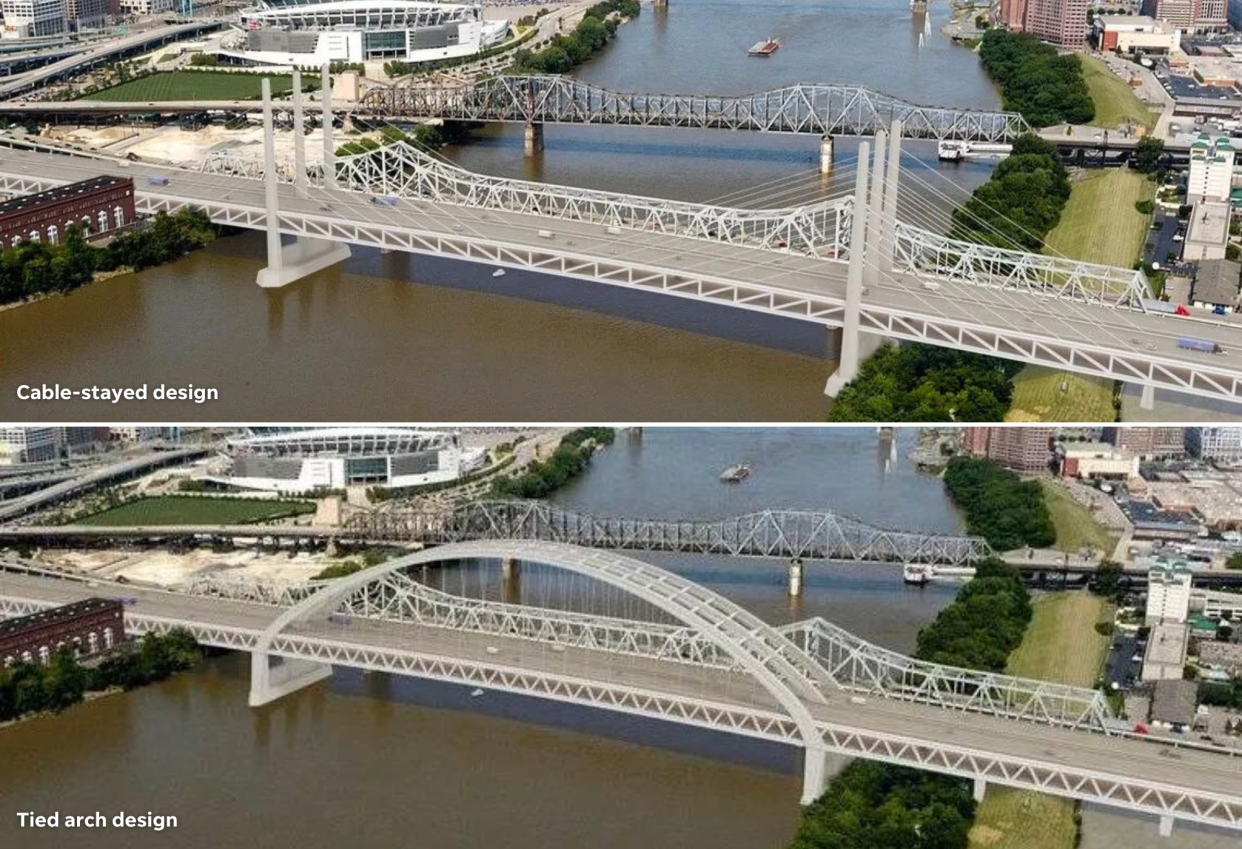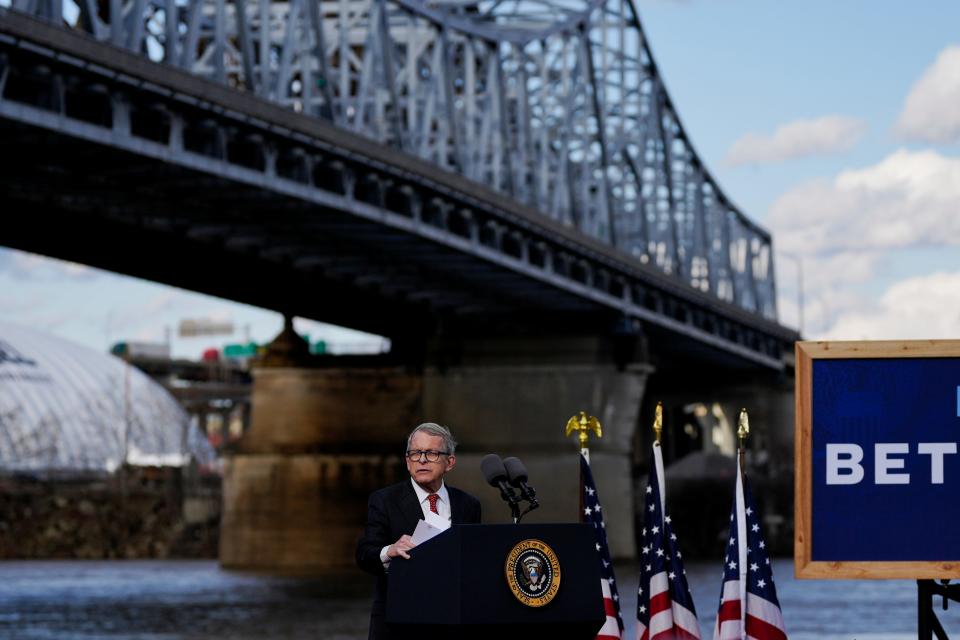Opinion: Federal investments like Brent Spence Bridge will spur local workforce

- Oops!Something went wrong.Please try again later.
I’ve been working in America’s building trades for over 33 years. And since I joined the Local 248 Plumbers and Steamfitters union at age 20, I have never seen a more promising time for our field and our workers than today.
Over the past two years, the Biden administration and allies in Congress have enacted historic investments in American manufacturing, infrastructure and renewable energy. These are the most significant investments in unions and the building trades that I’ve seen in my lifetime − possibly in history − and are resulting in good-paying, middle-class jobs for the communities I represent. For thousands of families here in Appalachia, this means economic hope on a level not experienced in decades.
As the Business Manager for the Tri-State Building and Construction Trades Council, I represent over 25,000 union workers living in northeastern Kentucky, southwestern West Virginia, and south-central Ohio. Our council serves 33 counties and 50 different local union chapters.
The areas that I represent − located in the heart of Appalachia − have been largely ignored by national political leaders for decades. Many of the communities under our council used to be regional hubs for manufacturing, steel, and coal. But as jobs in those industries have been outsourced since the 1970s, comparable economic opportunities have not arrived. In the decades since, thousands of families have moved away and our local unions have lost membership.

Over the past two years, however, the Biden administration’s investments in critical American industries have begun spurring rapid growth in our region’s building trades. There is perhaps no better symbol of this progress than the repairs being made to the Brent Spence bridge, which spans the Ohio River, connecting Kentucky and Ohio. The bridge is a key thoroughfare for the Cincinnati metro area and a critical trucking route that carries cargo worth 3% of our nation’s GDP.
Yet, over the years, this bridge has become increasingly strained by growing demand and a lack of investment. Built in 1963 to accommodate 80,000 vehicles per day, the Brent Spence Bridge now sees more than twice that number. This includes over 30,000 trucks − 10 times more than intended.
Under the leadership of President Biden and officials from Ohio and Kentucky, our federal and state governments are collaborating to strengthen this crucial route. The president’s infrastructure investments have allocated $1.6 billion to not only revitalize the Brent Spence Bridge, but to also build a companion bridge, significantly expanding the daily capacity of this critical economic corridor. The state governments of Ohio and Kentucky are sharing in the responsibility, dedicating $2 billion and $1.6 billion, respectively.

This bridge project will have economic effects far beyond the Cincinnati metro area. Businesses in surrounding communities will benefit from the increased economic activity and construction, while communities nationwide will see supply chain shortages ease as shipping over this corridor becomes more efficient.
Yet, as a Building Trades Unions leader, I’m most excited about the thousands of good-paying union jobs that are being created during the repair and construction of these two bridges. While the bridge is not directly within my jurisdictional area, many of the members I represent will be among the thousands of workers making this project happen.
Unions played a critical role in building the American middle class. It is no coincidence that as union membership has declined over the past few decades, so has the strength of the middle class. By investing in manufacturing and infrastructure − as well as the unions in these critical industries − we are creating more than just jobs. We are creating middle-class careers that will allow Americans to support their families and have a comfortable retirement. For millions of Americans, union and non-union alike, these investments mean economic hope for the future. True economic growth has always been built from the bottom up and the middle out, and it is refreshing to see leaders in Washington who recognize that.
John Holbrook is the Business Manager for the Tri-State Building and Construction Trades Council. He resides in Sandy Hook, Kentucky, with his wife.

This article originally appeared on Cincinnati Enquirer: Opinion: Federal investments will spur local workforce

